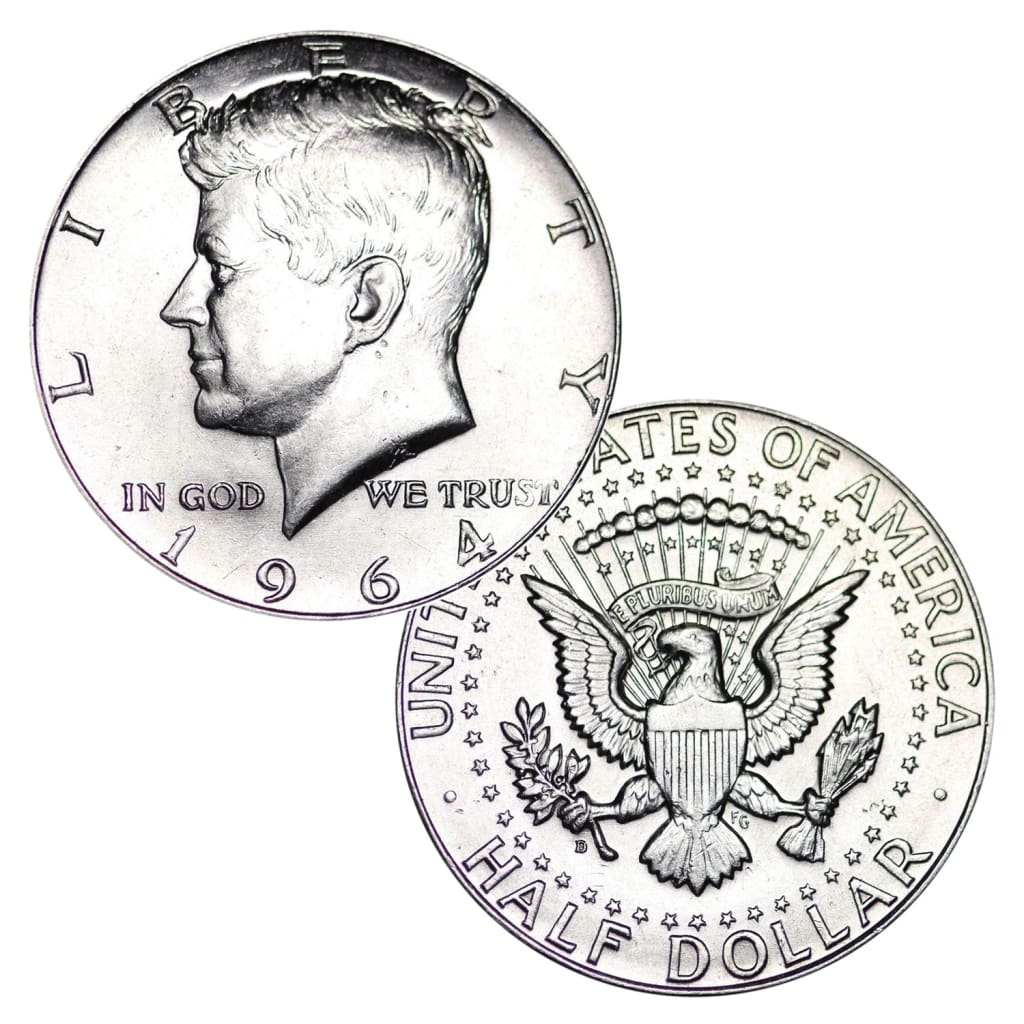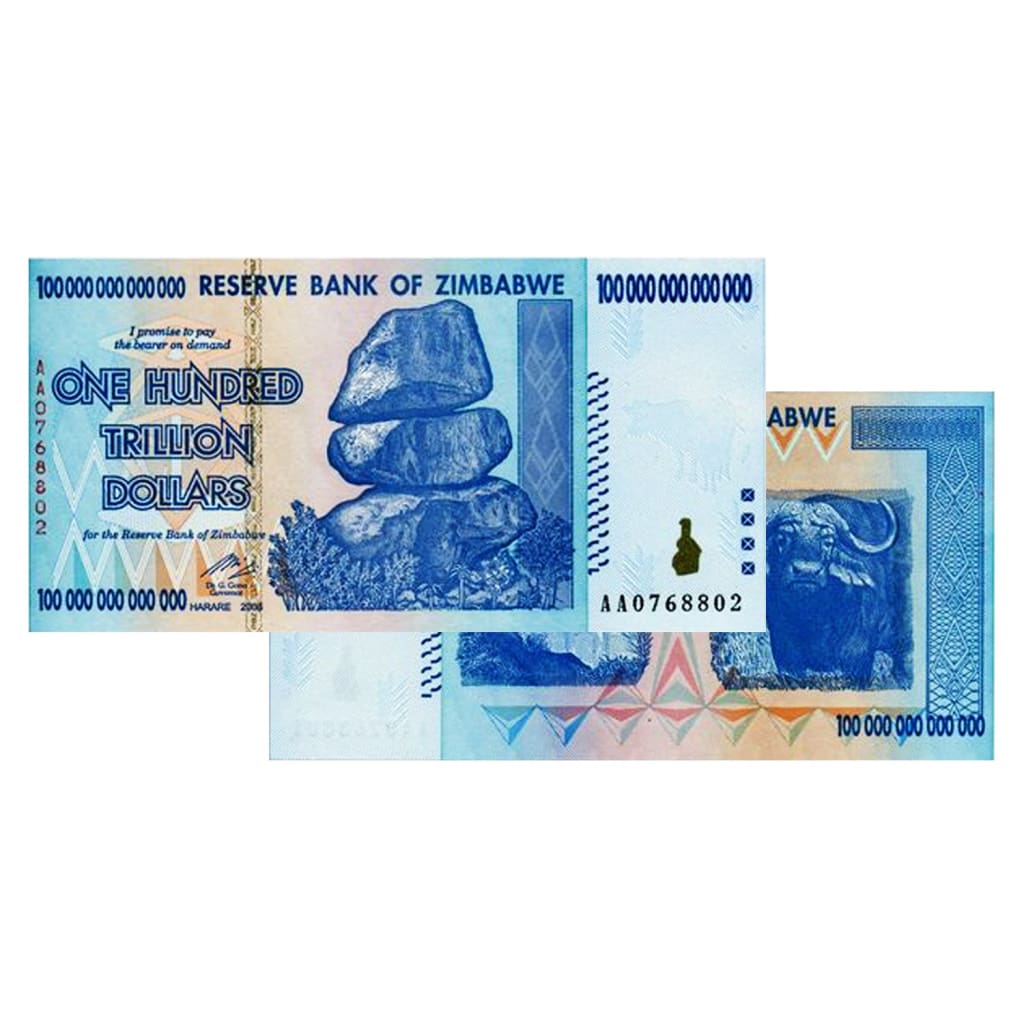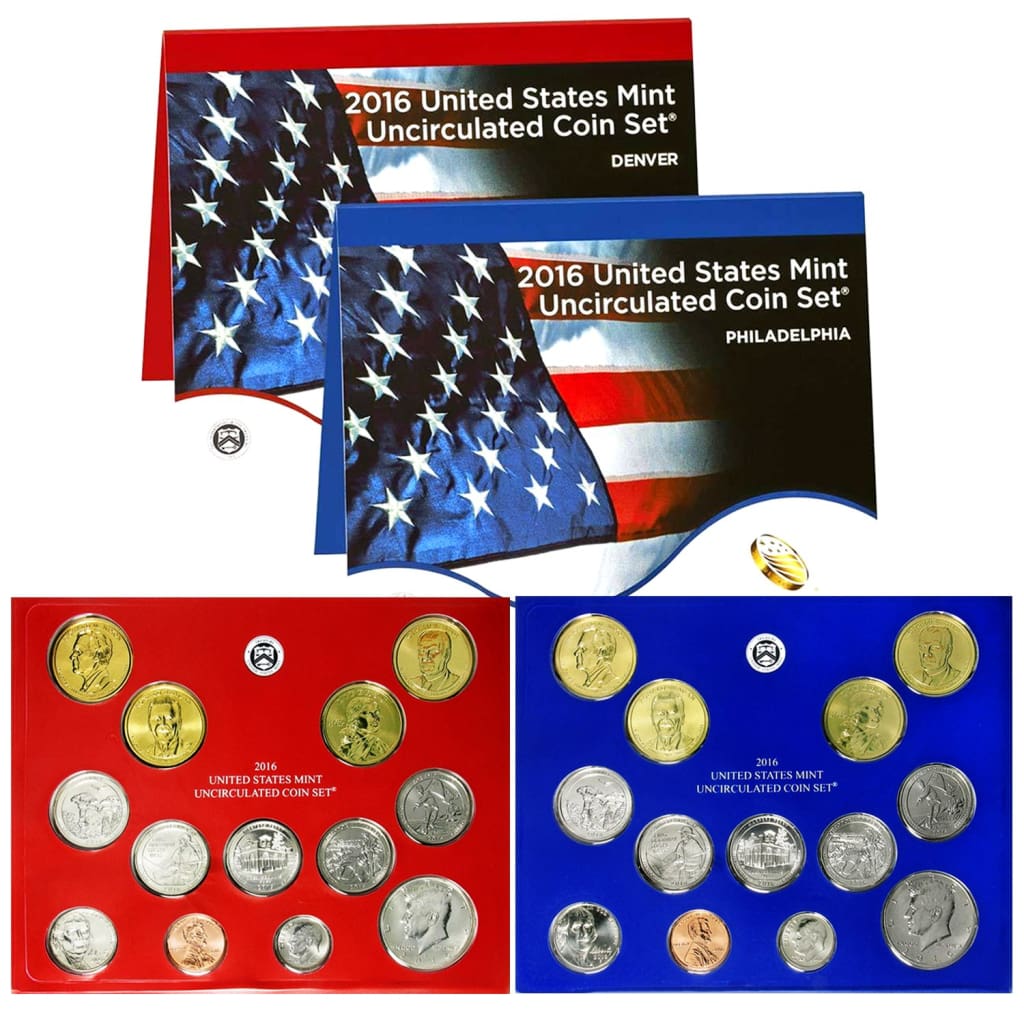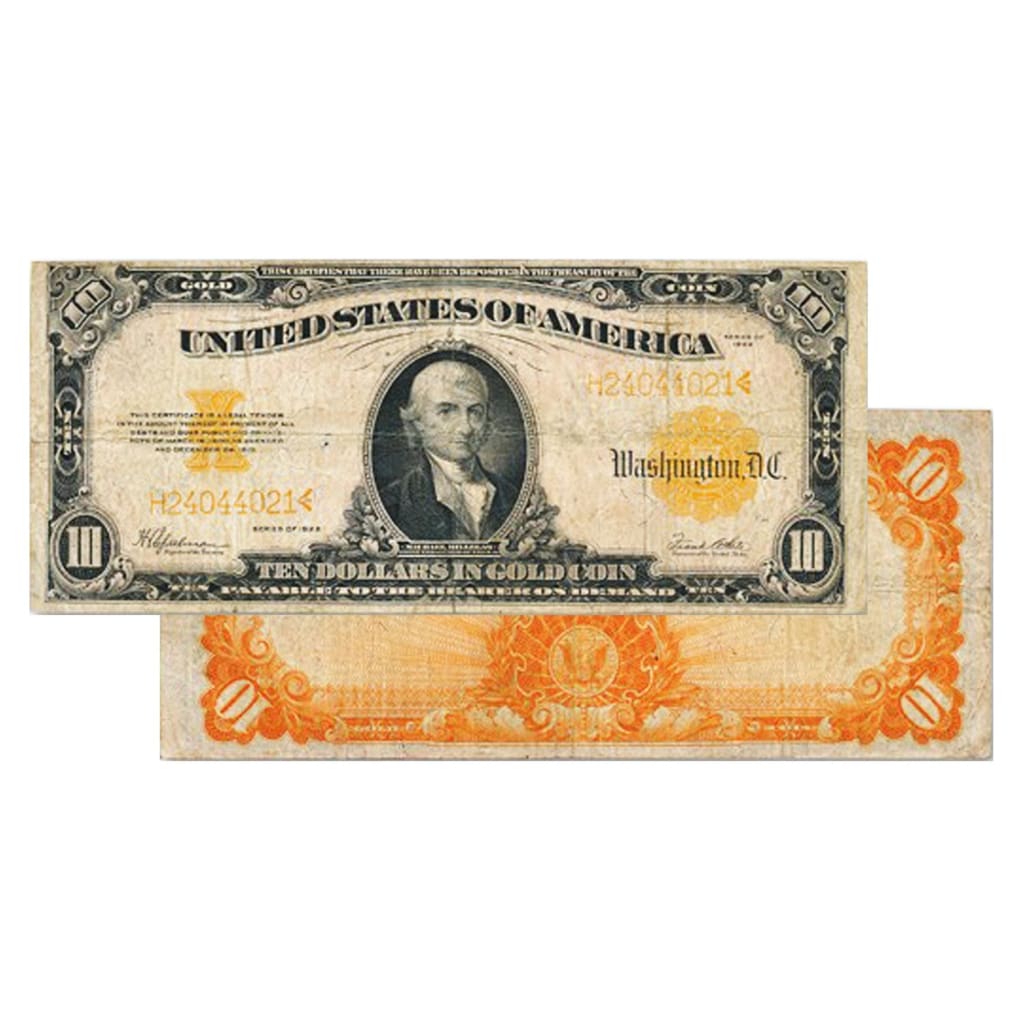What is a Reverse Proof Coin?
Proof coins are specially crafted coins of pristine quality made specifically for collectors. Great care is taken in their production and handling to make sure details are crisp and surfaces are flawless. They’re then handled with extreme delicacy and packaged in special cases for display and protection.
What Makes a Proof Coin a “Reverse Proof?”
Proof coins are struck on normal production blanks, called planchets, using production dies. But the planchets are burnished and polished and dies are specifically prepared for proof strikes. The highest quality dies are chosen and the raised surfaces are detailed, polished, then etched to create a frosted surface and coated with a protective layer. Since the dies are negative images of the finished coin, this, along with the polished planchets, gives the blank areas of the coin, known as the field, a mirror-like finish.
What Gets Reversed…and How?
As the term implies, the surfaces of a reverse proof are the opposite of those on a regular proof coin. The field has a matte finish and the raised areas, known as devices, are polished and mirror-like. This gives extra prominence to the artistic elements of the design. But it comes at a cost, and that’s reflected in the selling price.
The manufacturing process of reverse proofs is similar to that of regular proof coins in that planchets are polished and the dies are meticulously selected and finished. But instead of frosting the surface, the die is polished for a glossy surface.
The dies are then scanned and a laser etches a frosting into the background (field) and the raised areas (devices) of the finished coin are left shiny and mirror-like. These extra steps, which are done by computerized equipment today but were laboriously done by hand in the past, add to the expense of producing reverse proofs. Since production runs are shorter, fewer coins are offered for sale, especially so in times before computer-assisted techniques became available.
Collecting Reverse Proof Coins
Proof coins are very popular with collectors and reverse proofs are among the most coveted. Vintage reverse proof coins are extremely rare and command very high prices when and if they come to market. Modern reverse proofs are readily available, but production runs were limited and the coins sold out quickly from the US Mint.
Direct purchases from the Mint are the most economical, running about 10% higher than regular proofs. There are no reverse proof sets available from the Mint currently, though, the 2018 San Francisco Reverse Proof Set having sold out. Purchases are limited to secondary markets where prices are set by individual dealers. An internet search will point you toward available coins. As with any coin purchase, do your research first, and only deal with reputable sources.
The Great American Coin Company offers Proof Sets from 1971 through 2016 and Mint Sets from 1968 to 2016 as well as Prestige Mint Sets from 1983 to 1997. All are very affordable and make great gifts to commemorate birthdays, holidays, and other special occasions.
- $1 Silver Certificates & Notes
- $2 Silver Certificates & Notes
- $5 Silver Certificates & Notes
- Gold Certificates & Notes
- North African Federal Reserve Notes
- Hawaiian Federal Reserve Notes
- Large Size Notes
- $20-$1000 Gold Certificates & Notes
- Confederate Banknotes
- Uncut Currency Sheets
- Wholesale Banknotes
- Cull and Low-Grade US Paper Money
- Display All U.S. Paper Money





